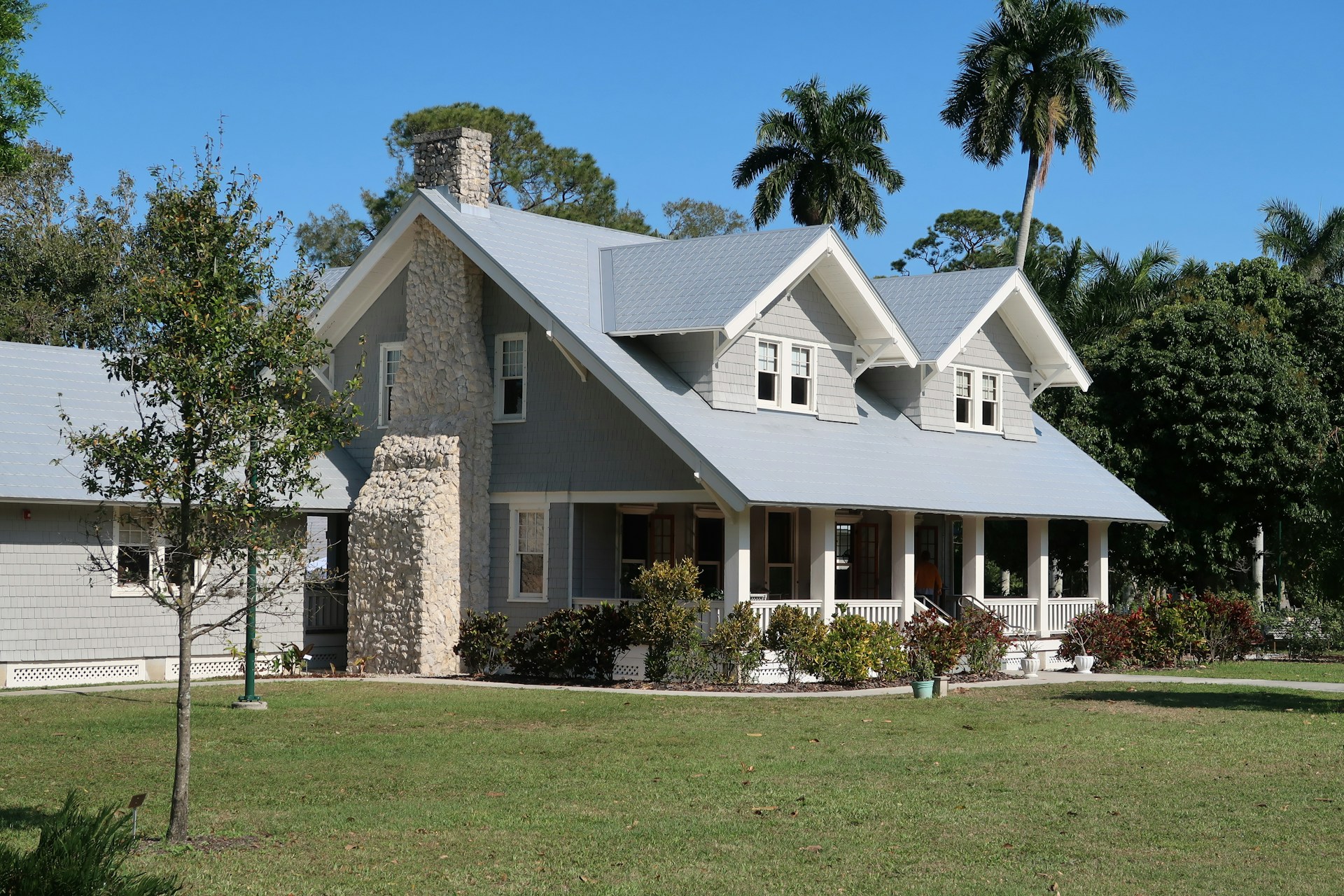Understanding the Value of Mixed-Use Properties in Today's Real Estate Market
In the vibrant world of real estate, mixed-use properties are gaining momentum, offering an appealing blend of residential, retail, and commercial spaces. This innovative property type is transforming urban landscapes, influencing market trends, and opening new avenues for investors, property owners, and tenants alike. This article delves into the concept of mixed-use properties, their evolution, current market trends, and potential impacts on the real estate sector.

The Emergence of Mixed-Use Properties
Mixed-use properties have a rich history, tracing back to ancient cities where residents lived above their shops. It wasn’t until the 20th century that zoning laws compartmentalized residential, commercial, and industrial areas. However, the 21st century has seen a resurgence of mixed-use developments, fueled by urbanization, population growth, and changing lifestyle preferences. Today, these properties are reshaping neighborhoods and cityscapes, offering a unique blend of convenience, functionality, and community living.
Current Market Trends and Financial Insights
The mixed-use property market is on a steady incline, driven by the demand for live-work-play environments. According to a report from the Urban Land Institute, mixed-use developments are one of the top real estate investment trends, indicating strong potential for return on investment. As urban populations continue to grow, the demand for these properties is expected to rise, offering an attractive opportunity for investors and developers.
The Mixed-Use Property Strategy: Advantages and Challenges
One of the main advantages of mixed-use properties is their ability to generate multiple income streams. Residential, retail, and commercial tenants contribute to a diversified and steady cash flow. Furthermore, these properties often enjoy high occupancy rates due to the convenience and community they offer. However, mixed-use properties also present unique challenges, including complex management requirements and higher initial investment costs. Understanding these factors is crucial for investors considering this real estate strategy.
The Impact of Mixed-Use Properties on Buyers, Sellers, and Investors
For buyers and tenants, mixed-use properties offer the convenience of living, working, and playing in one location. This creates a vibrant, dynamic community that is attractive to many urban dwellers. For sellers and property owners, mixed-use properties can command higher rents and property values due to their appealing features. For investors, the diversified income stream and high demand can lead to attractive returns, although the high investment and management costs must be considered.
A Balanced Perspective on Mixed-Use Properties
In conclusion, mixed-use properties offer an intriguing opportunity in the real estate market. While they present unique challenges, their potential benefits are significant, offering a dynamic blend of residential, commercial, and retail spaces that appeal to a broad range of tenants and buyers. As urbanization continues and lifestyle preferences evolve, the demand for mixed-use properties is expected to grow, influencing market trends and investment strategies.
As with any real estate decision, a careful analysis of market conditions, financial implications, and personal circumstances is crucial. With the right approach and informed decision-making, mixed-use properties can offer a valuable addition to a real estate portfolio, contributing to financial success and community development.




